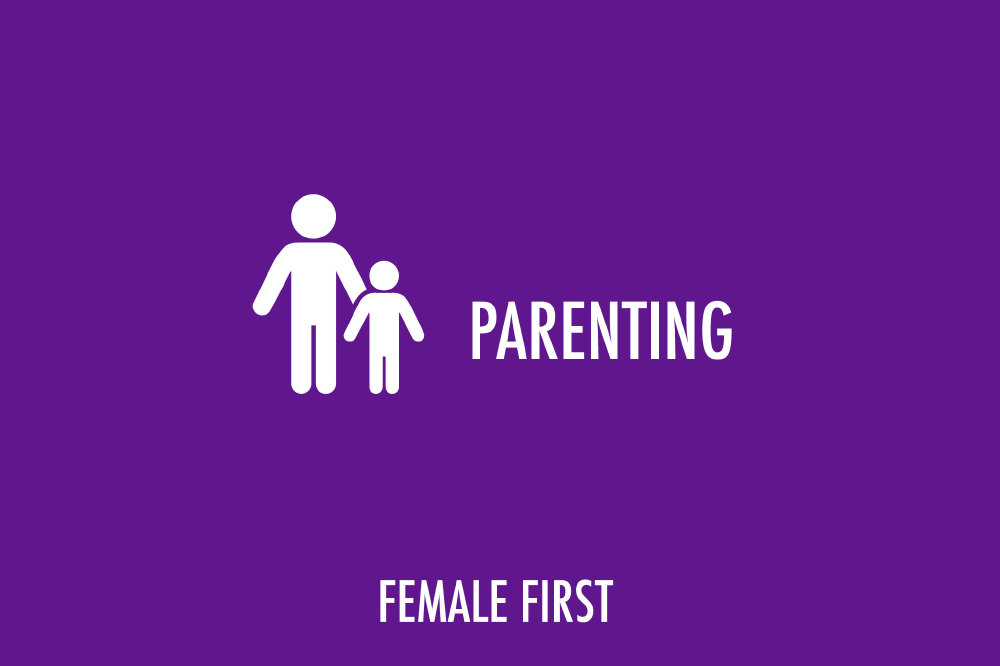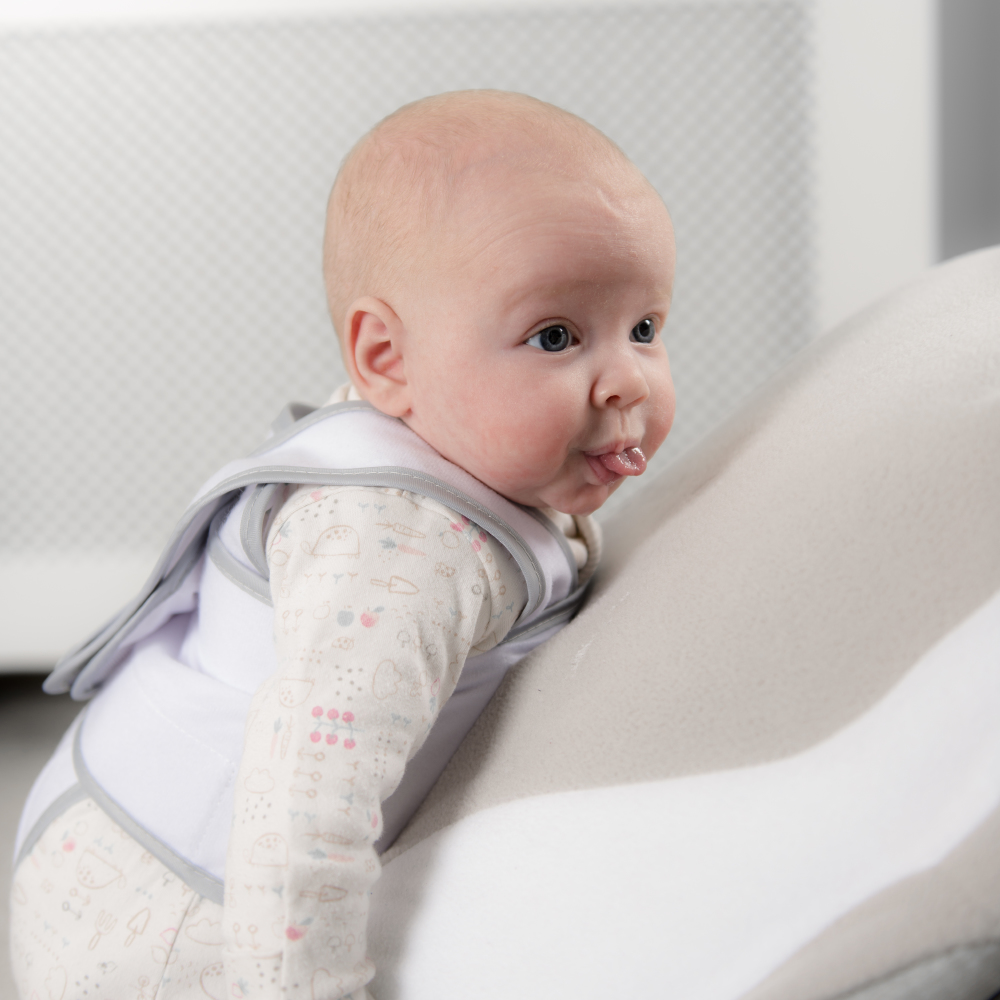25% of babies suffer from colic, and for reflux the figure is estimated at double that.* With most babies displaying symptoms of reflux from around 8 weeks,** it can be hard for parents to manage their baby’s pain.

Parenting on Female First
Kerry Nevins, mum of two and inventor of the babocush - knows first hand about just how hard it can be to calm a colicky baby. Her son Harry suffered with terrible silent reflux and colic, and wanted to be held 24 hours a day. Kerry would even sleep semi-upright every night with Harry lying against her chest as she couldn’t find anything else to keep him calm.
With nothing on the market able to settle Harry, Kerry crafted from her kitchen table, the babocush - an award-winning comfort cushion for newborn babies. By recreating the atmosphere in the womb with a heartbeat sound and gentle vibration, the babocush gently soothes colicky babies and has reduced the symptoms of colic and reflux for thousands of babies – earning its reputation as a “miracle cure!”
Award-winning inventor, Kerry, shares with us her top tips and advice on how to manage colic and reflux in babies.
How do you know your baby has colic?
Babies with colic will often cry loudly, and sustain their crying for long periods of time. If your baby cries for three or more hours at a time, on a regular basis, theyare likely to be suffering from colic. These marathon crying fits can occur on a near daily basis and will often be at a similar time.
What are the symptoms of reflux?
Reflux exhibits itself mainly at feeding time or shortly afterwards. Regularly spitting up food, gagging on food or even refusing feeds are all signs of reflux. Some babies may become irritable around feeding times often resulting in crying. Aside from feeding time, ear infections and persistent coughing are also signs of reflux.Sometimes babies may have signs of reflux, but will not bring up milk or be sick. This is known as silent reflux.
What causes colic?
Interestingly, there is no agreed answer to this question. Medical experts have suggested the condition is a result of internal bacteria, sensitivity and physical strains. Food allergies and other forms of irritation can induce colic-like symptoms.
And, what causes Reflux?
Unsurprisingly, due to how the condition presents itself, reflux is often associated with the digestive system. The primary cause according to the NHS is an underdeveloped oesophagus. As your baby's digestive system grows, feeding can feel like working a weak muscle. As they grow the digestive process becomes more natural for your newborn, it just takes some time. Some babies do suffer from reflux as a result of a reaction to cow's milk, so some parents, on medical advice, consider removing it from their baby’s diet.
How can you treat colic and reflux?
Treating colic and reflux can be frustrating because both can last for months. Colic especially can be very hard to manage. When your newborn cries for hours it can become equally stressful for parent and baby. For colic, try swaddling your baby as it holds them and can be physically reassuring. Positional changes are also beneficial to a colicky baby, and some gentle, consistent noise can also help avoid irritating stimulation.
For reflux, a change in feeding habits can make a real difference. Try smaller feeds on a more regular basis, making the workload for the digestive systems more manageable. Wind your baby immediately after feeds and even as you feed them. Check when you are feeding that your baby is not too horizontal - a more upright position may prevent trapped gas build up.
What can the babocush do for me?
The babocush addresses the symptoms of colic and reflux, mentioned above, by holding your baby safely in a tummy-down position. Tummy time can be invaluable; it alleviates pressure on the back and wind-pipe. By relaxing the airways, your baby can breathe easy and enjoy the change in position.

Tummy time is vital in a baby’s daily routine and the babocush is a smart ‘tummy time’ concept. It can help prevent flat head syndrome and strengthen your baby’s neck, back and trunk – all important if they are to achieve their physical milestones.
While on their tummy, the cushion helps recreate the conditions of the womb with a heartbeat simulator. The device inside every babocush cushion sends out a gentle, consistent beat that soothes your baby. Ahead of bedtime or after feeding it offers a unique period of contentment not found elsewhere.
To find out more about how you can help your baby, visit www.babocush.com.
* www.nct.org.uk
** https://www.nhs.uk/conditions/reflux-in-babies/

